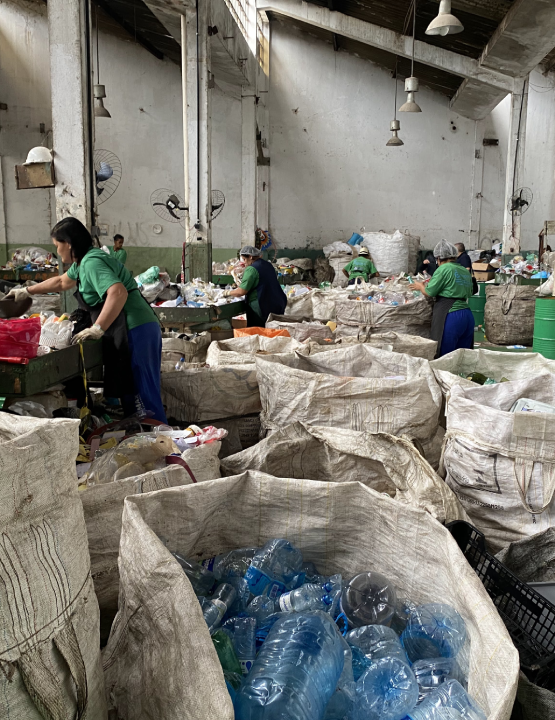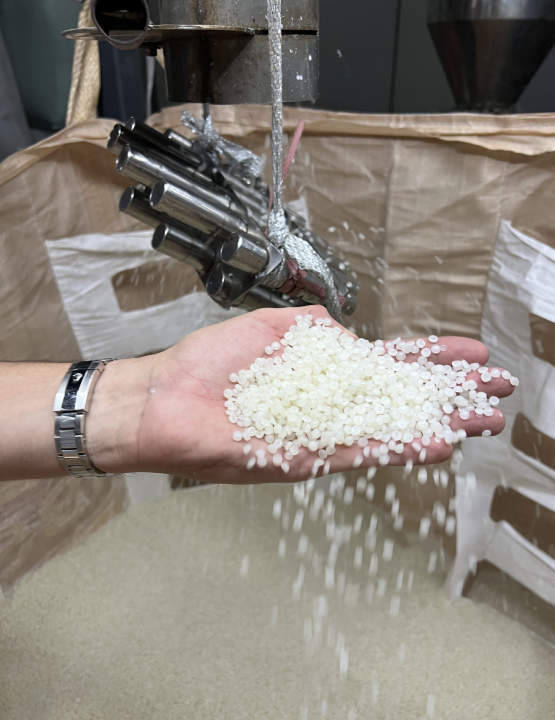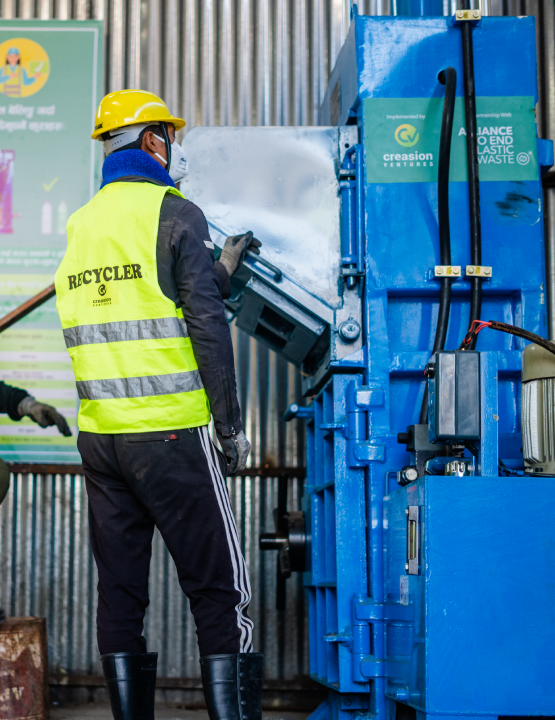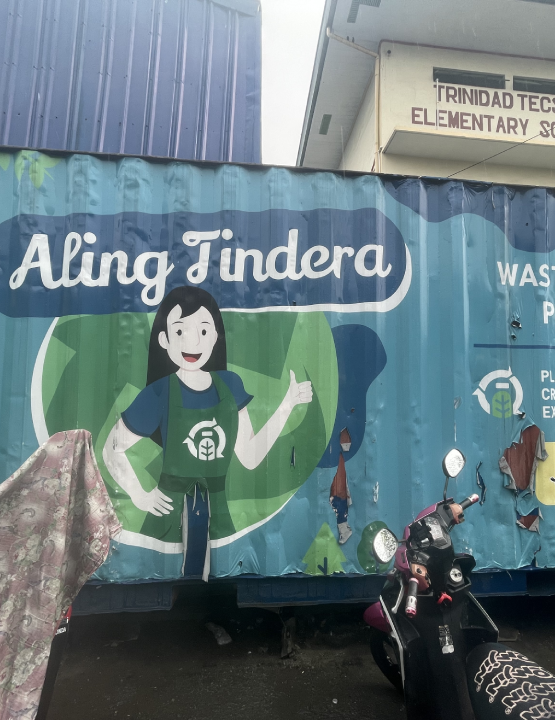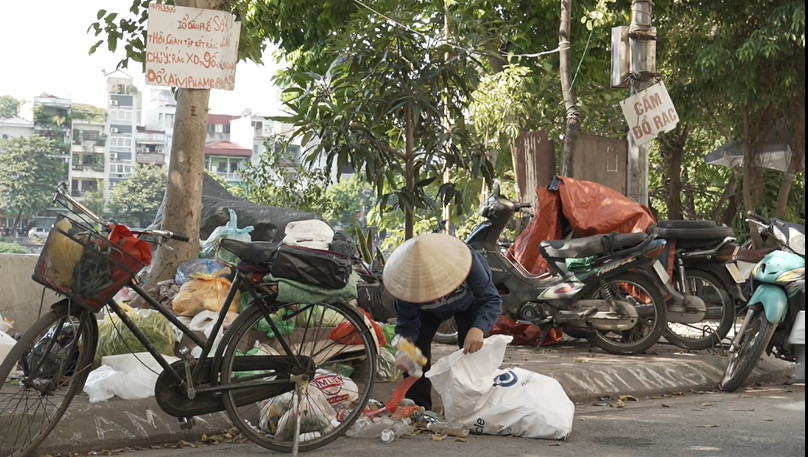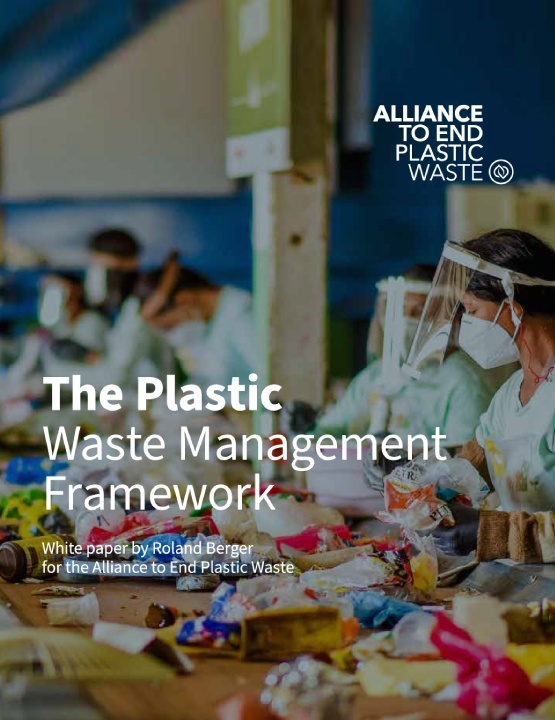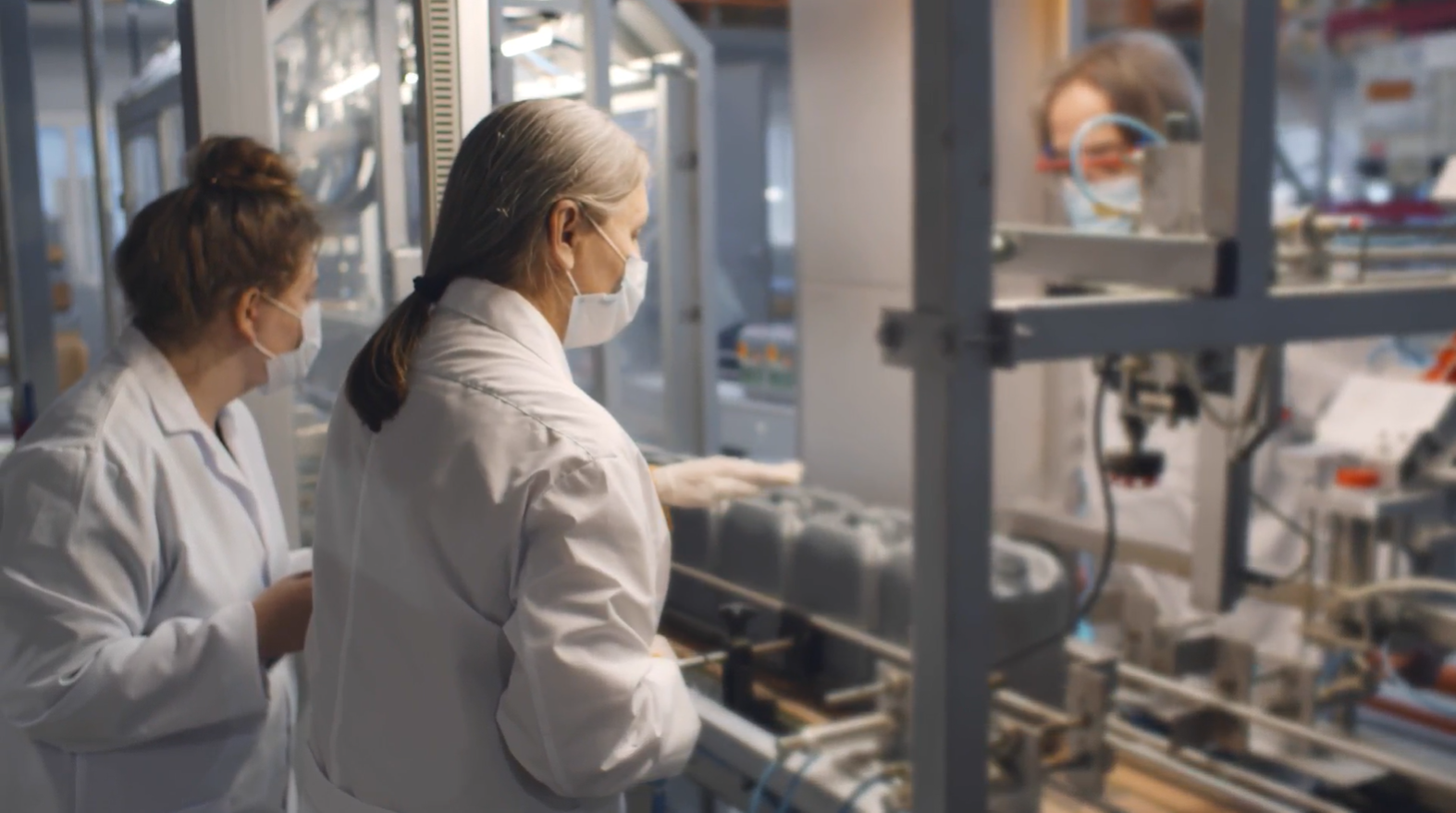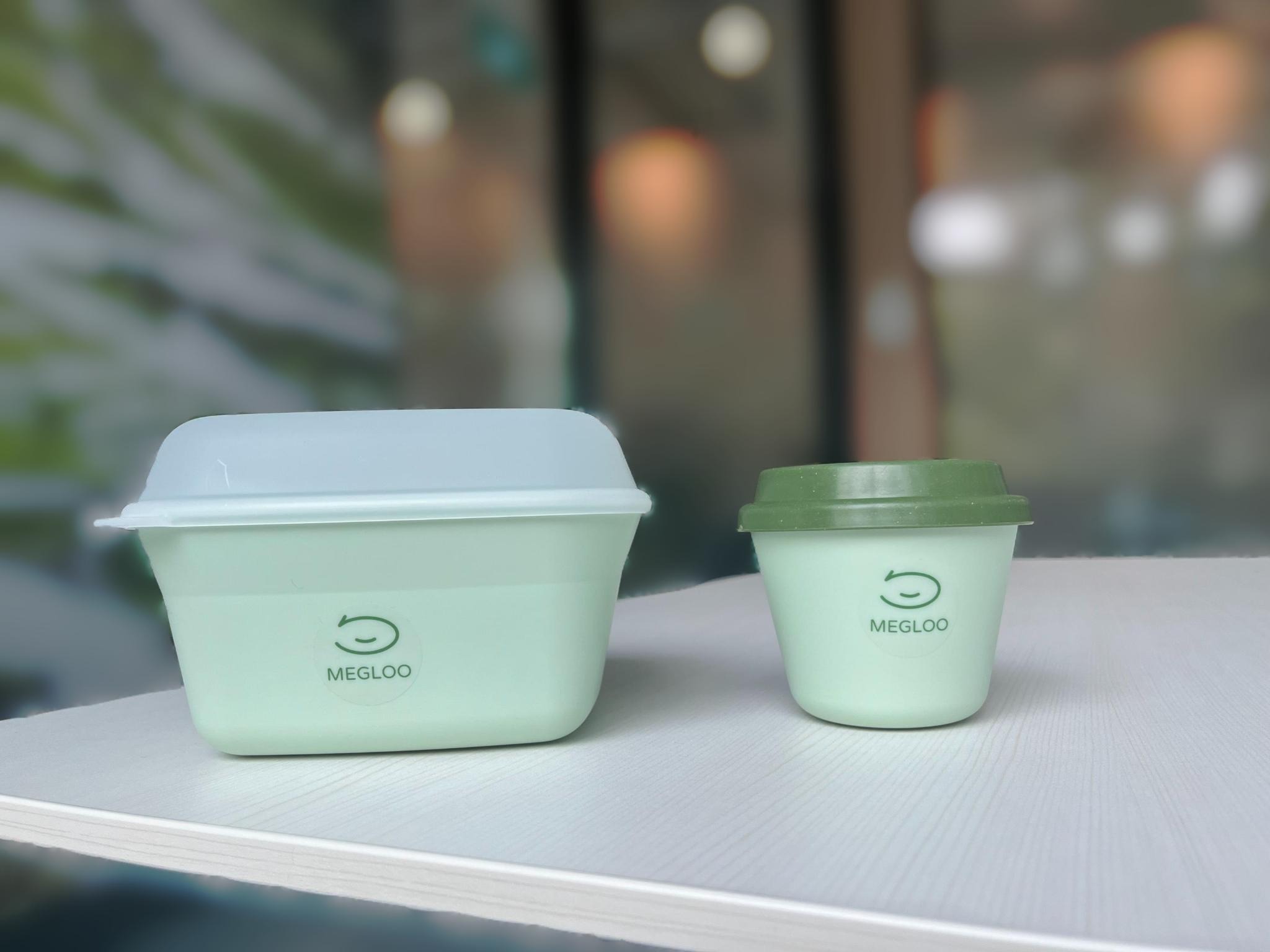
Easy come, easy go: Designing for circularity with Megloo takeaway containers
Created by Kaman, the Megloo Re-use take-out and delivery containers are specially designed for the environmentally conscious . A few clicks and a quick scan, and your next lunch could be served piping hot to you in one of these. Once you’re finished with your meal, give the container a quick rinse, and with just one more scan, drop it off at a collection point or at participating restaurants in the vicinity. The containers will be collected, washed, and sanitized at central commercial dish washing facilities before being redeployed. Then, the box begins this cycle anew.
Easy to collect. Easy to eat from. Easy to drop off when you’re done. After all, in a busy and fast-paced environment like Japan, time is money. But what if it could be even easier?
Following the creation and successful launch of Megloo Re-use, Kaman’s next mission is to make this — and circularity in general — even more accessible for the everyday citizen.
Single-use plastics, lingering waste
Single-use takeaway containers are convenient but problematic in terms of waste generation and carbon footprint. 81 percent of respondents in a survey conducted by Kaman admitted that they felt guilty about the garbage produced after a take-out meal. This guilt is far from unfounded — the plastic containers used for take-out are often single-use and comprise 16.2 percent of the average Japanese household’s waste volume.
To address this, Kaman launched its Megloo Re-use containers sharing service in 2021. Named after the Japanese word for “circulation”, Megloo containers contribute to a bigger solution targeted at addressing plastic waste — implementing a circular system of return and reuse, with the aim of replacing single-use plastic containers. On top of having a sleek design, these containers are also heat retentive, microwave safe, leakproof, and easy to clean.

(Re)using Megloo
The process is straightforward — customers at participating restaurants receive their take-out order to be served in a Megloo reusable container. All they need to do is record the number of containers borrowed on LINE, Japan’s most popular mobile messaging application, where the Megloo boxes are tracked.
After scanning a QR code and showing the LINE confirmation to the store clerk, customers will receive their order in a Megloo container to go. Once the meal is complete, customers can return their Megloo containers to the restaurant, or into a return point, by scanning the QR code to record that return. Kaman then collects the boxes for cleaning before its next use. To reduce the carbon footprint involved in transporting Megloo boxes to and from the locations where the trials are taking place, Kaman works with office cafeterias or nearby hotels where these containers can be cleaned during off-peak hours.
Designing for convenience
Megloo Re-use first took shape in local restaurants around the city of Kamakura as part of a city-wide mission to achieve “Zero Waste Kamakura”. Since then, the initiative has expanded to local restaurants in 20 cities across Japan as well as sporting events, with a largely positive reception from municipal governments, business associations, private enterprises, and consumers.
Success means that Kaman can now aim higher. Following the pilot trials, Megloo Re-use will continue its partnership with sports stadiums across Japan to provide services to major sporting events, where the disposal of single-use plastics has traditionally been a problem.
With convenience as the top priority for consumers, Kaman recognised the need for more user-friendly systems, and as such, has worked to improve the takeaway system based on customer feedback after using the containers. The high footfall at such events, coupled with the need to scan the QR code twice — once when receiving the Megloo box and again when returning — means that the process took longer than was necessary. After all, when watching a game, what could be worse than to spend your time standing in line?
To facilitate ease of use and tackle the long queues commonly faced at sporting events, Megloo Re-use is now preparing to trial the use of an automated system for container returns using Radio Frequency Identification (RFID) in place of the existing QR code system. In redesigning the process, customers no longer need to scan the QR code twice, as a smart collection bin will automatically scan and register the RFID code upon return. This allows for a more seamless and convenient user experience, for both consumers and F&B vendors. The new system is slated for trials in 2H 2024.
Innovating to enact behaviour change
Megloo provides important food for thought for other startups and initiatives in the sustainability space: There still exists a barrier between consumers and sustainability efforts — the convenience and cost factor. To secure public buy-in, more needs to be done to address the daily roadblocks that consumers experience when attempting to adopt sustainable behaviours. Here, Megloo identified points of friction that hampered customers’ willingness to participate in the trial. In seeking to provide customers with a seamless user experience, promoting greater efficiency and providing a cost-competitive alternative, consumers have shown that they are more than willing to get on board with sustainability efforts and contribute to the circular economy.
While there is no one-size-fits-all solution, seeking continuous innovation and working to improve the consumer experience is the cornerstone of enacting long-term behavioural change.
As Megloo continues expanding across Japan, Kaman remains on the lookout for more innovative avenues to improve Megloo Re-use. Change is rarely easy, but if the push succeeds, Megloo could potentially pave the way to a circular economy in Japan, one meal at a time.

